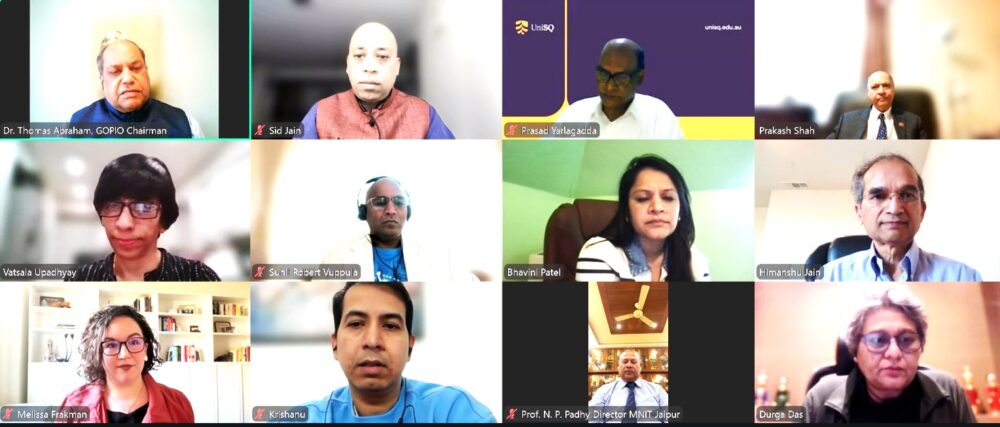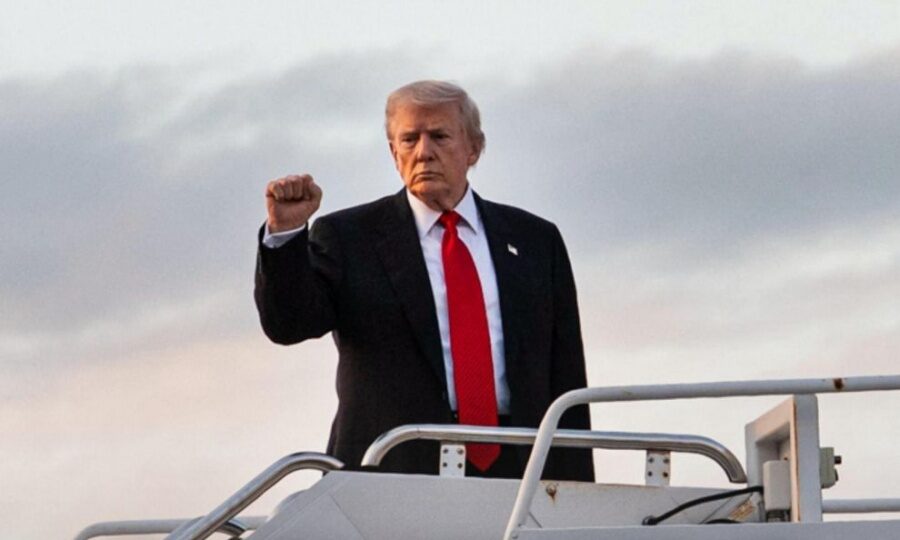For decades, the US dollar has been the undisputed king of global finance. Supported by a vast network of institutions like SWIFT and a financial infrastructure centered in New York, Washington has held what strategic affairs expert C. Raja Mohan calls an “exorbitant privilege”—the power to shape, sanction, and even sever nations from the global economy.
But this unipolar financial world is cracking. In a stunningly swift and parallel development, two of Asia’s economic giants—India and China—are building the foundations of an alternative system. Their efforts, while distinct, are creating the first serious geoeconomic challenge to US financial hegemony in a generation.
The Weaponization of Finance
The cracks became fissures after the US and its allies imposed sweeping sanctions on Russia, effectively cutting it off from the dollar-denominated financial system. For many nations, this was a wake-up call. The “weaponization of the dollar,” as it is now widely known, demonstrated that financial interdependence could be used as a coercive tool of foreign policy. The message was clear: no country is immune, and financial sovereignty is a national security imperative.
This necessity has spurred a race for alternatives, led by Beijing and New Delhi.
China’s Top-Down Competitor: The CIPS
China’s response is a direct, top-down challenge to the existing order. The Cross-Border Interbank Payment System (CIPS) is Beijing’s answer to SWIFT. Launched in 2015, CIPS is designed to be the primary clearing and settlement system for transactions involving the Renminbi (RMB).
While still smaller than SWIFT, CIPS is growing rapidly. It is a cornerstone of China’s strategy to internationalize the RMB and build a financial infrastructure that operates outside of Western control. Beijing is offering its Belt and Road Initiative partners a payment channel that bypasses the US-dominated system, making it an attractive proposition for nations wary of future sanctions.
India’s Bottom-Up Revolution: The UPI
India’s approach is different but equally disruptive. The Unified Payments Interface (UPI) was created for domestic use, revolutionizing India’s digital economy with its real-time, mobile-first payment system. But its true geopolitical power lies in its export as a model for the Global South.
Instead of building a monolithic system to compete with SWIFT, India is creating a network of interlinked, non-Western payment channels. New Delhi has already signed agreements to link UPI with the payment systems of countries like the UAE, Singapore, and France. India is not just offering a service; it’s offering the open-source technology and know-how for other developing nations to build their own digital public infrastructure (DPI). This approach is building a parallel, decentralized network of financial sovereignty, one country at a time.
A Combined Challenge to US Supremacy
While India and China are not collaborating on this effort—and indeed, harbor their own geopolitical tensions—their collective impact is profound. They are demonstrating that a future without the dollar as the central arbiter is not just a theoretical concept; it is a practical reality.
As C. Raja Mohan notes, “The US has overplayed its hand… The rest of the world is now desperately looking for an alternative. India and China are providing that alternative in different ways… This is a powerful geoeconomic challenge.”
The primary motivation is not just efficiency, but geopolitical necessity. For nations in Asia, Africa, and Latin America, the new systems offered by India and China represent a path to de-risk from potential US sanctions and to reclaim financial autonomy.
The Takeaway
The era of uncontested US financial dominance is over. China’s centralized CIPS and India’s decentralized UPI are not just new payment systems; they are the building blocks of an alternative world order. They offer nations a choice, fracturing the monopoly of the Western financial system and diminishing one of Washington’s most powerful foreign policy tools.
The rise of this new, multipolar financial landscape represents one of the most significant shifts in global geo-economics in decades. The world is watching to see if the king of currencies can survive the revolution.










